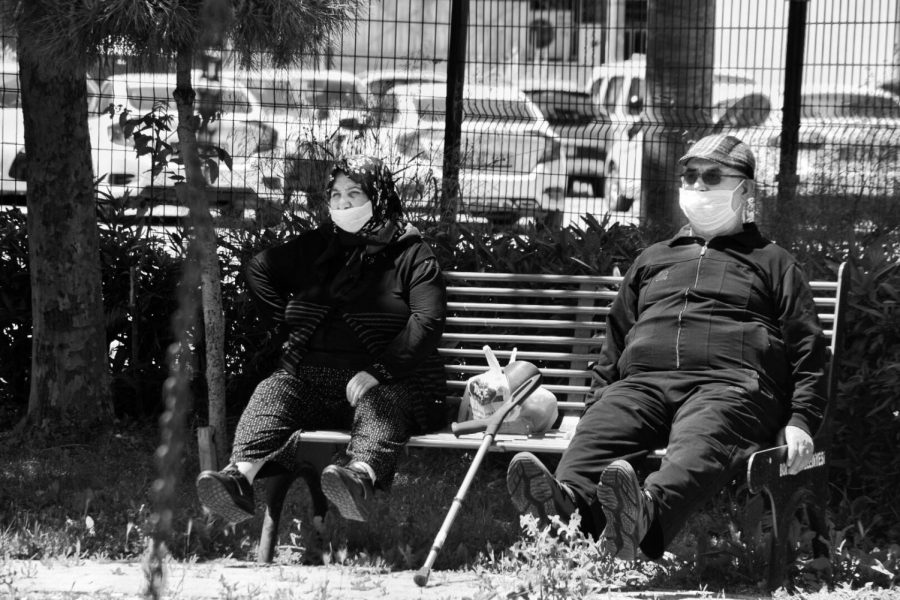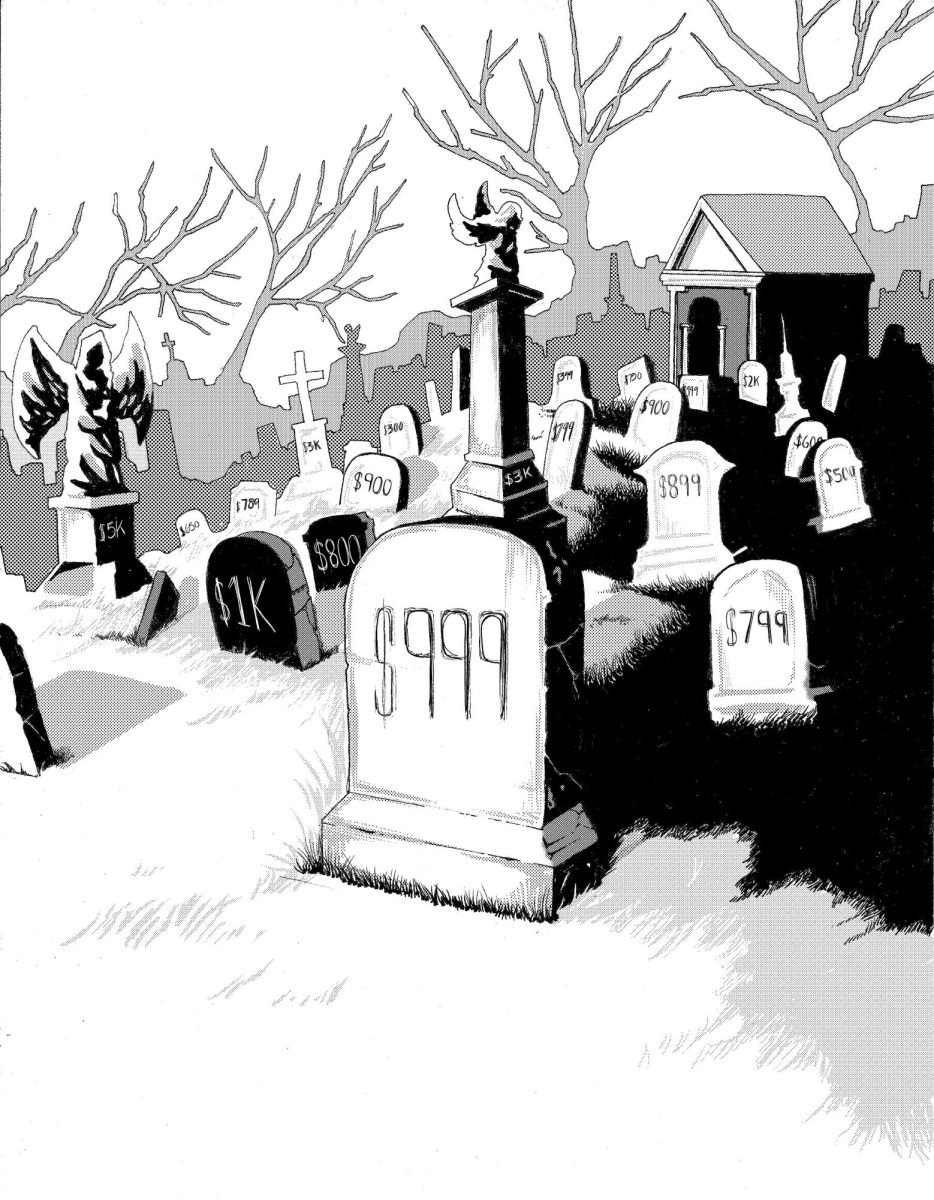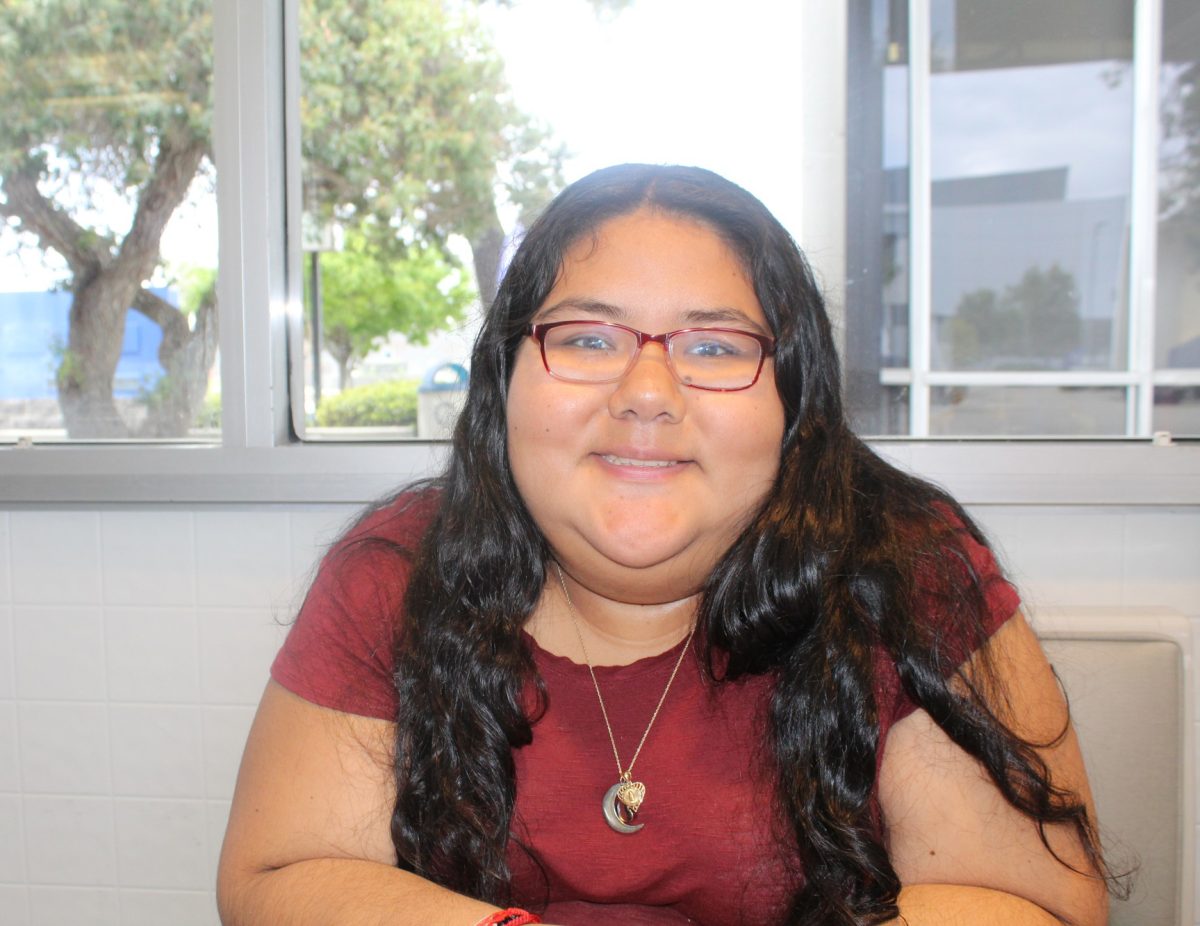It seems as if each time the United States is faced with a national crisis, such as mass shootings or in recent times COVID-19, the initial reaction is that of collective concern and urgency.
The news cycle becomes saturated with endless coverage of the catastrophe, while public outcry and calls-to-action take up social media.
However, in a matter of days or weeks, the public’s sentiment begins to shift, and the crisis seems to become less threatening, and therefore, less important.
In March, at the start of what is still an ongoing pandemic, COVID-19 became the highlight news of America when an alarming number of cases and deaths began to escalate throughout the country.
When the severity of COVID-19 became apparent, the government announced a two-week long lockdown and ordered everyone to stay at home, unless they were deemed to have an essential job, like grocery store workers or nurses.
Mostly everyone seemed to be on board at the time, with the spirit that if everyone remained united and did what the government ordered, the pandemic would end soon.
Well, life doesn’t work quite that simply and chaos ensued over the next few months.
Many people would become jobless and America would experience its highest unemployment rate since the Great Depression. Hospitals had little to no protective gear and essential workers had no choice but to risk their lives to survive with no benefits.
It is understandable that many went into survival mode and focused on making ends meet regardless of the pandemic.
There were many businesses that illegally remained open or continued to offer their services, despite orders to remain closed — if they closed their business would not survive.
The government did very little to help these small businesses and its citizens with aid, adding to feelings of desertion by the federal government, thus making the pandemic less of a priority in everyday life.
Now, as months have passed and the end of the year is approaching, it seems like many Americans are becoming desensitized to the devastation brought on by the outbreak. With the reopening of retail shops, restaurants, gyms and even schools, many people have begun to get some normalcy in their lives.
The reason for this desensitization can be the result of many factors. Maybe it’s due to the realities of everyday life taking priority, or it can even be an inconvenience to a person’s lifestyle, so they’d rather choose to ignore it.
Simultaneously, you have President Donald Trump dangerously defying data from the CDC and top medical experts, which has also turned the pandemic into a polarized issue to pick sides on.
How can something be taken with the severity it requires, if we have our very own president of the United States ignoring science, not wearing a mask, not social distancing and saying catching COVID-19 was a “blessing from god?”
Now, with most states attempting to fully reopen, life seems to be starting to go back to normal and the 212,000 people who’ve died of COVID-19 have become just another statistic to accept as the rest of society goes back to living their uninterrupted lives.
This has created a presumption amongst Americans that the reopenings of businesses entails life is slowly going back to normal. This belief, in truth, is problematic since COVID-19 continues to be extremely contagious and fatal.
Americans who are becoming desensitized to the number of COVID deaths now pose a threat to those who have already lost and sacrificed so much.
Many people have grown to believe that the immediate threat is over. People who haven’t been personally impacted by now have seemed to have lost interest in taking precautions.
The opposite of desensitization doesn’t mean panic; it means being aware and committed to the present issues affecting society and working as a collective to overcome them.
The number of cases and deaths continue to rise in the country.
According to the L.A Times, there have been a total of 7.6 million+ cases and 212,404 deaths in the U.S.
As of Oct. 7, there were a total of 52,635 cases and 994 reported deaths.
In the past week there has been an increase of nine percent in cases, compared to two weeks prior. Averaging about 45,660 reported cases daily.
As reopening happens, it is imperative to remember that there is still a global pandemic happening which has killed hundreds of thousands of Americans. People need to listen to the data based on science and take all precautions to protect themselves and others.
Being frustrated and fed up with the incompetence of our leadership at all levels makes us feel powerless. If you feel lost and helpless, work safely in and with your community to address problems you can affect.
Provide food to the food insecure, block evictions by detestable landlords, and agitate for changes, big and small, that you want to see. These are ways to not just help those who need it where you live but also ways for you to take some power back from those who have so carelessly misused theirs, to the permanent end of 212,000 people who deserved better.



















socorro forsythe • Oct 25, 2020 at 6:33 pm
COVID-19 AND the LOCKDOWN have presented us with many mental health challenges, e.g., anxiety and depressive disorders, substance abuse and suicidal ideation have increased dramatically.
Which is worse, the COVID-19 disease or the LOCKDOWN cure?
Let’s all hope and pray for a reliable COVID-19 vaccination being available soon. Yes, in the meantime, use all of the resources available to you and cope the best way you can.
ALLEN FORSYTHE • Oct 12, 2020 at 5:30 pm
The CDC revised its infection fatality rate estimate down to just 0.26 percent.
For those outside of nursing homes, the infection fatality rate is estimated to be just 0.13 percent.
One percent of counties in the country account for roughly 40 percent of all Covid-19 deaths nationally.
Ten percent of counties account for roughly 80 percent of all deaths.
Nearly half of all coronavirus deaths have come in nursing homes.
In many states, nursing homes and assisted living facilities account for far more than half of all deaths—around 70 percent in Minnesota, around 65 percent in Ohio and roughly 80 percent in Rhode Island and Connecticut.
Nearly 80 percent of all Covid-19 deaths are among those over 65 years old.
Those aged under 55 account for just eight percent of all Covid-19 deaths.
The overwhelming majority of deaths are among those with other underlying medical condition. Ninety-four percent of Covid-19 deaths involve, on average, 2.6 additional conditions or causes of death.
Most ICU beds —in most cases75 percent or more—aren’t occupied by Covid patients.
The resumption of elective—yet vital—surgeries is contributing to increased ICU-utilization rates around the country.
More children die each year from the flu than Covid-19.
In the U.S., the probability of being struck by lightning is higher than the chances of a school-age child (5-14) first getting and then dying of COVID-19.
Children rarely display serious symptoms from Covid-19 or infect others. Some scientists believe children are a “brake” on transmissions.
After European schools reopened, there was no observable increase in Covid-19 cases.
A recent USA Today analysis shows that even though Florida schools reopened en mass, cases did not spike among school-aged children.
The American Academy of Pediatrics, the Centers for Disease Control, and the National Academy of Sciences conclude the goal of all schools should be to resume classroom instruction.
ALLEN FORSYTHE • Oct 12, 2020 at 5:25 pm
According to the CDC, only 6% of the COVID19 deaths were due solely to the virus. It remains to be seen if the 2021 annual death count will increase or decrease. My guess is that it will decrease.
ALLEN FORSYTHE • Oct 12, 2020 at 5:19 pm
More facts:
The CDC revised its infection fatality rate estimate down to just 0.26 percent.
For those outside of nursing homes, the infection fatality rate is estimated to be just 0.13 percent.
One percent of counties in the country account for roughly 40 percent of all Covid-19 deaths nationally.
Ten percent of counties account for roughly 80 percent of all deaths.
Nearly half of all coronavirus deaths have come in nursing homes.
In many states, nursing homes and assisted living facilities account for far more than half of all deaths—around 70 percent in Minnesota, around 65 percent in Ohio and roughly 80 percent in Rhode Island and Connecticut.
Nearly 80 percent of all Covid-19 deaths are among those over 65 years old.
Those aged under 55 account for just eight percent of all Covid-19 deaths.
The overwhelming majority of deaths are among those with other underlying medical condition. Ninety-four percent of Covid-19 deaths involve, on average, 2.6 additional conditions or causes of death.
Most ICU beds —in most cases75 percent or more—aren’t occupied by Covid patients.
The resumption of elective—yet vital—surgeries is contributing to increased ICU-utilization rates around the country.
More children die each year from the flu than Covid-19.
In the U.S., the probability of being struck by lightning is higher than the chances of a school-age child (5-14) first getting and then dying of COVID-19.
Children rarely display serious symptoms from Covid-19 or infect others. Some scientists believe children are a “brake” on transmissions.
After European schools reopened, there was no observable increase in Covid-19 cases.
A recent USA Today analysis shows that even though Florida schools reopened en mass, cases did not spike among school-aged children.
The American Academy of Pediatrics, the Centers for Disease Control, and the National Academy of Sciences conclude the goal of all schools should be to resume classroom instruction.